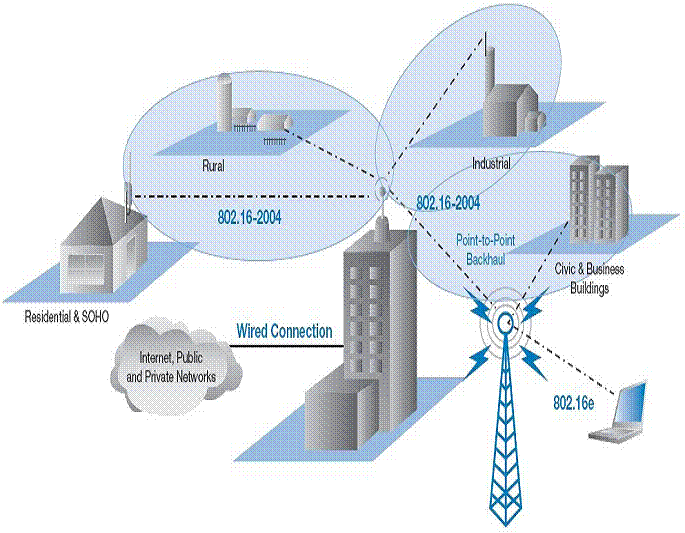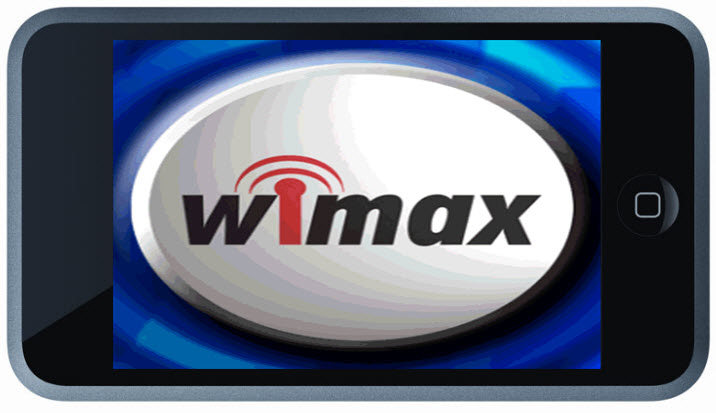What Is Wi-MAX?
This wireless high-speed Internet access can connect even remote businesses.
High-speed Internet access for small businesses in especially remote areas, such as rural towns or mountain communities or blighted urban communities, has been hard to come by. The nation's largest providers of broadband Internet service -- telephone carriers offering DSL and cable companies offering cable-modem broadband access -- haven't typically extended their services outside of well-to-do cities and suburbs because such a build-out is expensive.
Being off-the-Internet is not an option for any business these days. Not only is high-speed Internet access essential to gather information and communicate and exchange information with partners, clients and potential customers, but your company needs to maintain a presence on the Web to exist in today's global marketplace.
The solution might just be Wi-MAX (Worldwide Interoperability for Microwave Access).
WHAT IS WI-MAX?
Wi-MAX is a radio technology that utilizes fixed antennas to provide two-way broadband connections to users at up to 30-mile distances, although in practice the better range tends to be three to five miles. But this range is still great enough to be attractive as a broadband option to businesses that otherwise might be off the grid. The Wi-MAX Forum, which was formed in April of 2001, has described the technology as "enabling the delivery of the last mile wireless broadband access as an alternative to cable and DSL." Today the forum has more than 400 members, including such companies as Sprint and Intel.
HOW DOES IT WORK?
Wi-MAX refers to the standard interoperable implementations of IEEE 802.16, an air interface standard. It isn't designed to replace Wi-Fi (which is the implementation of the IEEE 802.11) just yet, and in fact it can't be accessed directly by a laptop PC on the go. Some cable and telephone companies see a potential for Wi-MAX in use to connect remote communities, where the cost to update underground lines or wires would be prohibitively expensive. Wi-MAX can be used to deliver direct Internet access to a wireless LAN for businesses in these communities. In addition, the technology is seen as having the potential to add more wireless hotspots in urban areas for true city-wide broadband almost anywhere.
"Wi-MAX can deliver broadband all the time, almost anywhere for voice, video and data," says Carlton O'Neal, vice president of marketing for Alvarion, a telecom solution provider. He compares the technology to mobile phones, and how landlines where everywhere, adding, "Today the cellular phone is the personal communicator. That is what Wi-MAX can do for computer users."
HOW CAN YOU USE IT FOR BUSINESS?
Small businesses in rural or remote areas might be able to access broadband Internet service where it has never been available before. The cost of Wi-MAX is higher than traditional DSL or cable, but is actually far less than standard T-1 lines and any customer within a radius of the central tower can pick up the system. The infrastructure to create this mobile broadband is only starting to come together, with the first Wi-MAX networks, but some supporters of the technology believe it could provide high-speed access and deliver that "office quality broadband everywhere."
As it is essentially a radio technology, Wi-MAX users will have to use a transmitter/receiver for service, but rather than another dish or large antenna it merely needs a base station placed by the window. Currently, the antennas are 12-inch square boxes, and some of the developers of the technology, including Alvarion have plans in place to provide even smaller plug-and-play receivers. More importantly because the technology is different from that of Wi-Fi, users won't face the same problems such as finding that sweet spot in the hotspot to get a strong signal.
"It won't replace DSL as a broadband technology, and in cities and urban areas users are use to getting broadband easily," adds O'Neal. But he says that the Wi-MAX shouldn't be seen as merely filling the holes that DSL can't cover. "In smaller towns, the suburbs and especially in developing countries there just isn't the infrastructure available to always deliver DSL, and for those users (including businesses) Wi-MAX can supply the broadband."

This year Wi-MAX networks went live in several locations across the world, and as with cellular telephone adoption, which allowed many developing nations to suddenly be "un-wired" practically overnight this could be the next technology to get more people connected. In places in South America, a region that has limited landlines, and thus almost no broadband, the technology has made high-speed Internet access available overnight. . Likewise, Pakistan is already working on plans to become the world's largest Wi-MAX Network. And in the United States it could mean that whole cities would suddenly be blanked with Internet hotspots.

American cities like Philadelphia have already had plans to make broadband available anywhere in the downtown, with up to 300 hotspots covering the area. Some providers already believe that Wi-MAX will get country completely unwired; "It may not impact your life tomorrow," says O'Neal. "But Wi-MAX will be more engrained in your life in five years. It is coming to a device near you."

